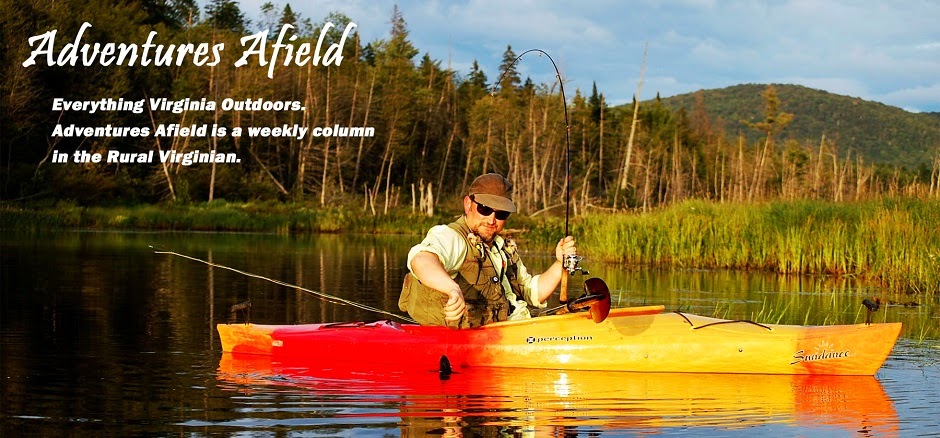There's a small lake in Eastern Virginia in the small town of Tappahannock. My grandparents have lived there since I was a kid, and throughout my childhood and young fishing carreer, this lake has provided me with some of my best memories. One very appealing feature(in my opinion) of this lake, is the mystery it holds. Not that its hard to catch fish here, for that is definitely not the case. However, the dark water, unknown depths, and woody bottom make it very hard to disect without electronics, and furthermore, the knowledge of just what makes the bass tick in this lake has alluded me for years.
A good place to start is in identifying fish species in the lake. Perhaps the most abundant fish is the Black Crappie--with several reaching past the 15" mark. Next, sunfish like Pumpkinseed and Bluegill are the next most abundant. Bass are difinitely present, and have been caught up to five pounds, but catches are usually accidental(caught while crappie fishing), and few and far between. Catfish I have caught, bullheads marinated in the thick mud, but again, these catches have been accidental, while fishing for other species with worms.
Many creeks feed the lake, and like the names suggests, the long, flowing lake is built on the existing creekbed. For years I have fished from the dock in the main channel, and quite successfully I might add. Only last year did we purchase a small pontoon boat--a twelve footer equipped with a trolling motor. This boat has been a great tool in figuring out this lake.
What I still don't know:
A great first step in disecting a lake is to take a good long time to study a contour map. As you might have guessed, this lake has no such thing. To make things worse, the original constructors of the lake left the timber standing when the lake was filled, and then cut the trunks off at water lever--the whole bottom is filled with logjams and trees(which can get very expensive for a teenager). I would love to know the depths and shape of the lake bottom.
Catfish: I never have chased them exclusively, but when you catch a few small fish on accident, you begin to wonder where the others are. Perhaps hiding in the entangles cages of wood on the bottom?
As I learn better and better how to establish a pattern for a body of water, this lake still resists my efforts. There are many things I need to know before I can successfully catch OCL Largemouth. What is the main forage? Where do they spawn with very few shallow areas to choose from? Why are catch rates so low?
Observations:
Sitting here on the back porch, looking over the lake, the skies are alive with birds. Osprey, Eagles, Commorants, Seagulls, Ducks, Geese--all fish, and live on the banks.
Last weeks 5-0 Largemouth (see "Pickerel Pond?") came on a crayfish, which are usually a key food after the first heavy rain during the spawning time--as was last weekend. The largemouth I caught this trip, yesterday and today, have had crayfish in their bellies. Yet, I have never, ever, been able to smack one on a crayfish imitation.
On the rare occasion that the water is clear enough to see more than a foot, against the bank there are minnows to be seen--about an inch in length in general. These are obviously a major food source for the Crappie, but is it large enough to sustain the largemouth as well?





